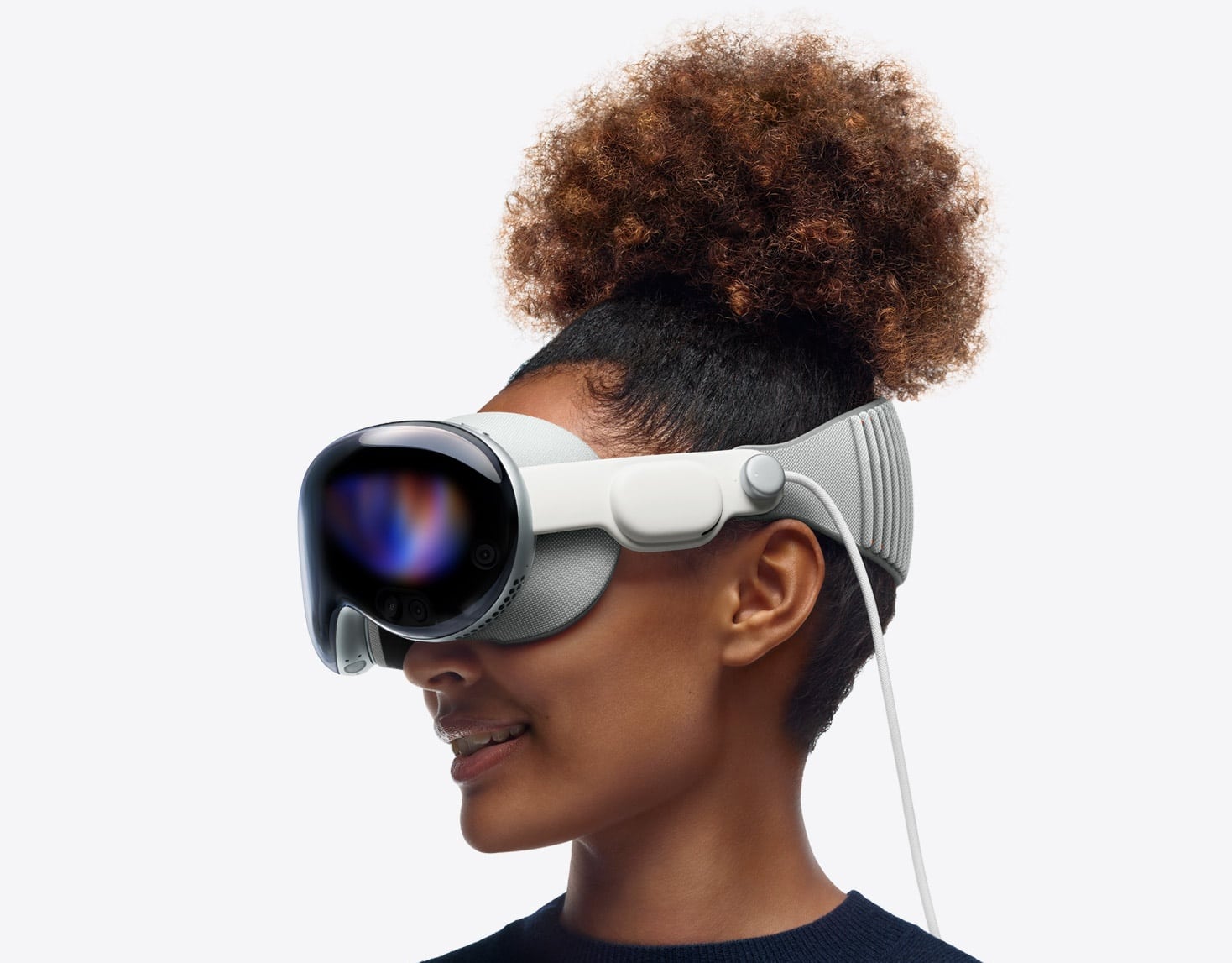Apple has reportedly cut its Vision Pro production in half citing low demand for the $3,500 product. The company initially wanted to ship around 800,000 units of the expensive mixed reality device but has now slashed those expectations down to 400,000.
According to Ming-Chi Kuo, Apple is also rethinking its plans for future Vision devices as the roadmap needs to shift in order to accommodate the production drop and any possible future products under the umbrella.
Apple was reportedly working on a “cheaper” Vision Pro unit which the company expected to release later down the line. However, we don’t know if this will still happen. The Vision Pro launched earlier this year with some positive reviews and customer feedback. But the product hasn’t had as much lifespan as Apple expected. Many customers have ended up returning their Vision Pro for a variety of reasons.
The unit is a high-end product with a steep price tag. Apple has also only launched the Vision Pro in the United States so its adoption rate is limited to that region. We don’t know if the product will gain traction outside of the US. If it were to launch in South Africa, you can expect a price tag of around R80 – R100k. Not sure if that will sell.
Apple slashing its production forecast is concerning. It could mean the Vision Pro might end up ultimately dying out. That or Apple has a plan to launch a cheaper model in hopes it gains more traction. The unit was also responsible for ushering in new technologies. This includes Micro OLED displays and advanced VR and AR components. The failure of the product could also mean these new advancements don’t make it to other devices.
There are various factors involved in this slow uptake. Firstly, the price tag of the Apple Vision Pro is incredibly high alienating most consumers. We then have the competitive landscape in MR and VR. Meta currently owns the market with its Meta Quest 3 headset which costs a fraction of the price and offers various advancements in gaming and software.
The Apple Vision Pro also launched into a niche market and doesn’t have many gaming features. So it relies on Apple’s VisionOS as a driver. The app development for the platform has been slower than expected and again, better apps are available on other platforms.
Keep in mind that Apple isn’t the only company facing a slow uptake in AR and VR. Sony also cut its PS VR2 shipments in half earlier this year after sales for the gaming headset failed to reach expectations.
Source: Medium


